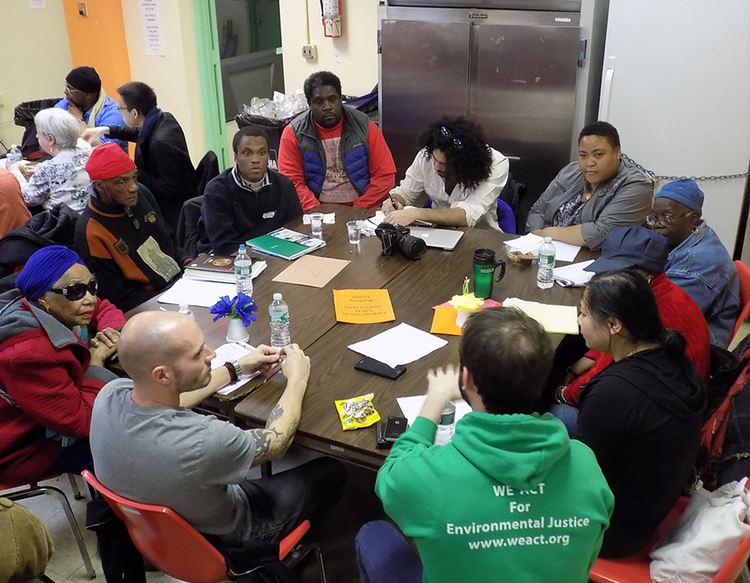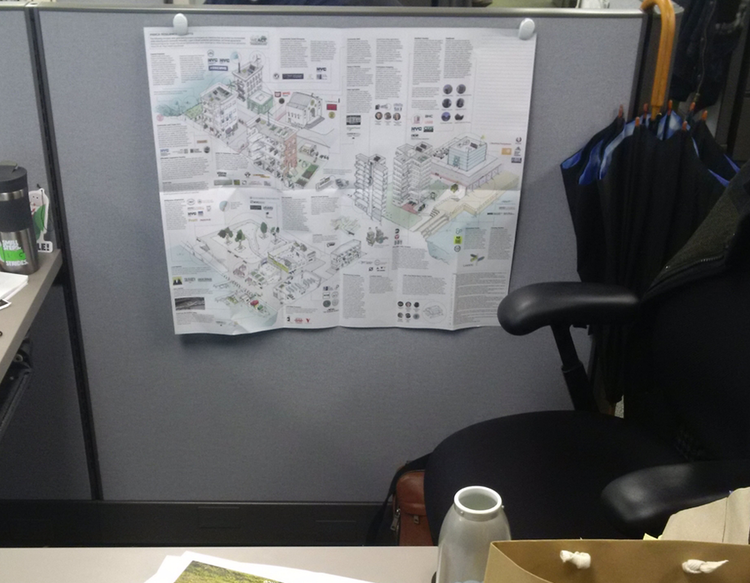Northern Manhattan Climate Action Plan Documentation
← Back to NMCA
1. Beginnings
Following hurricane Sandy (2012), public institutions and philanthropies provide funding for New York City based NGOs to theorize on how to build resilience to the impacts of climate change.
2. Leadership organization
The West Harlem based NGO, WE ACT for Environmental Justice, received funding to run a local planning process. Having operated as a research and policy organization since the 1980s, WE ACT used their social networks, their organizational membership base, and their professional staff capacity, to facilitate community participation in creating and implementing the NMCA.
3. Public engagement process
To generate input for the NMCA, WE ACT staff and their members, including the author, facilitated workshops, conducted surveys, organized lectures, site tours, and other educational activities, and otherwise engaged in discourse with the community about planning the future.
During this process, participants learned about climate change issues, and were able to articulate their vision for the community.

NMCA meeting in 2015. Organized by WE ACT with participation from community members in Upper Manhattan. Meetings included presentations about climate change and urban planning, and included exercises to vision future sustainability.
4. Creating and distributing the plan
Out of the public engagement process, several working groups were established. Each working group focused on a core set of topics, inluding energy production, transportation, etc. They consisted of community members and professional stakeholders, such as public officials, ann would meet regularly to collaboratively create design and policy recommendations. Community participants were consulted at each stage to ensure accuracy and accountability.
The author's role was to manage the entire process, including the structure of the public engagement, and to facilitate creation of the plan via the working groups. Illustrations were done by Mateo Fernandez-Muro. The style and format of the plan were designed to encourage interest in local planning and to provide easy distribution of the message. The artistic format also lent itself to presentation of multi-dimensional concepts, such as various urban scales, architectural typologies, economic frameworks, social networks, and more.

